Based on my observations of how most businesses are currently approaching the process of incorporating social media into their marketing plans, I can see that they do not truly understand all of the components of social media. They get that social means building relationships and that media is the form of communication that they are using to build these relationships. But this is not a deep enough understanding on which to base the marketing success of any product or service. There is so much more to be considered, because social media is dynamic, nuanced, and richly layered.
To fully understand and be able to utilize social media effectively, marketers need to obtain a thorough understanding of all its components. Without this knowledge they will only be sending out messages, which will not have the ability to achieve their desired impact. These are the companies that have a Facebook page and run impressive campaigns to get people to "like" them. They think they are now using social media because they have so many followers and post something on their Facebook page every so often. But are their messages hitting the mark and motivating their intended audience to take a specified action? Without incorporating the additional components of social media, these efforts are all unfortunately doomed to failure.
To be most effective in social media, it is helpful to think of its components as forming a cube, with social and media as two of the sides. The additional sides of this cube are object and timing. In modern society, we choose to have our objects define us. In other words, objects such as cars, houses, iPads, etc. define who we are as much as our actions do.
We buy watches not just to tell time, but to have a good time. We buy sunglasses not just to see better, but to be seen, explains Debra Kaye an award-winning innovation expert. Culturally, humans have always been this way and this will probably not change. This is why we don't see people with only one technology object, such as just one smart phone. We like having more than one depending on where we are, what we are doing, what we are representing, or who we may be trying to impress at the moment.
Marketers that don't consider the delivery system, the object, of social media don't fully understand the cultural impact of their message, or how it is used and absorbed. For example, text messages are viewed in a very different way than emails. Consumers have accorded an emotional meaning and reciprocity to text messaging that email simply doesn't have. A company that uses text messaging without a deep understanding of this medium could actually alienate the very audience it is trying to most engage.
The fourth side of the social media components cube is timing. This is very important because humans act differently and respond differently depending on timing. They are open to receiving messages in different ways at different times of the day. They may want to have shorter, action-based messages during the work day, but could be more open to educational elements at night or over the weekend. Social media also has a spatial dimension as part of timing, that the extension of one's personality into larger and larger networks, which is what gives dimension to the cube structure rather than a flat graph, where activities have no relationship to one another.
Of course, the foundation of the cube is the type of message being transmitted. Is it a sales message, an informational piece, a call to action, or an introduction? Capping everything off is the human component, which is always part of any equation. This doesn't just rely on the typical trends of marketing demographics but goes back to our deeper needs to matter and be part of a tribe.
Together these components -- the social relationship, the media used for communication, the technology object, timing, the type of message and the human component -- form a viable, strong structure. If one is omitted, the whole thing falls apart. A lack of understanding of this multi-dimensional perspective is why standard marketing and segmentation programs just don't work any longer.
The crucial point here is that social media has to be looked at beyond just those two words, social and media... bit is the unsaid, the symbolism of the object that plays part of a defining role for the user. It may seem hard to believe because it feels so pervasive, but social media right now is still in its infancy as a communications tool. Businesses have not had sufficient time or experience to pull apart its components and fully assimilate them. We are at a point where many people that are passing themselves off as social media experts have not yet gone this in-depth to develop their understanding of social media, perhaps because they lack a culture perspective. They are trying to fit old marketing theories into a new communications mechanism without understanding the symbolic and anthropological meanings behind the changes which are so rapidly taking place.
Social media is definitely a powerful force in the online world but most organizations today have not yet studied the object, time and space sufficiently. Most businesses don't succeed in social marketing now because they don't understand all of these components; this cube model which we are developing. As social media continues to grow, evolve and become an ever-more important part of our daily lives, only those businesses that truly understand the importance of object, timing, type of message and the human culture component will be successful in their marketing efforts.
